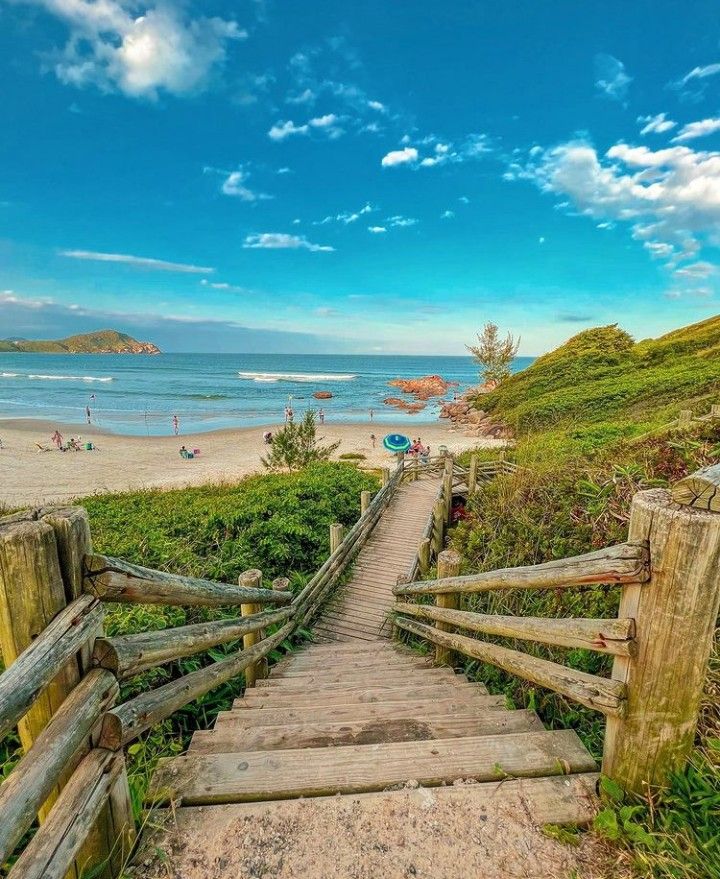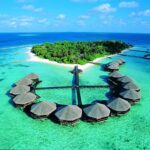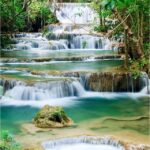Stunning Facts About Praia do Rosa That Will Inspire You
Praia do Rosa, located in Santa Catarina, Brazil, is a picturesque beach renowned for its natural beauty, rolling waves, and lush surroundings. With its crescent-shaped bay, pristine sands, and vibrant marine ecosystem, it has become one of Brazil’s most beloved destinations for surfers, nature lovers, and eco-tourists. In this article, we explore the history, facts, timeline, significance, daily life impact, FAQs, and societal importance of Praia do Rosa in a human-friendly, engaging style.
History of Praia do Rosa
Praia do Rosa has a history closely tied to local fishing communities, Portuguese colonization, and eco-tourism development.
Key Historical Highlights:
Pre-Colonial Era: The region was inhabited by indigenous peoples, who relied on the coast for fishing and cultural practices.
16th–18th Century: Portuguese colonizers explored the area; small settlements emerged along the coast.
19th Century: Fishing communities became established, using sustainable practices that persisted for generations.
20th Century: Surf culture and tourism began to grow, introducing international visitors to the beach.
21st Century: Recognized globally for eco-tourism, surfing, and natural beauty; conservation efforts were implemented to protect the environment.
Praia do Rosa is now a blend of historical culture, ecological richness, and modern tourism, offering visitors a complete coastal experience.
Facts About Praia do Rosa
Crescent-Shaped Bay: The unique curve of the beach gives it a natural charm and creates sheltered swimming areas.
Pristine Sands: Fine, golden sand stretches for kilometers, ideal for walking, sunbathing, and beach sports.
Surfing Paradise: Known for consistent waves, it attracts surfers from Brazil and around the world.
Marine Biodiversity: Dolphins, whales, and a variety of fish species can often be spotted near the coast.
Eco-Tourism Hub: Small eco-lodges, guided tours, and responsible travel initiatives promote sustainability.
Natural Surroundings: Surrounded by hills, Atlantic rainforest, and lagoons, offering hiking and nature exploration opportunities.
Climate: Subtropical climate with warm waters year-round; best visiting months are December to March.
Timeline of Praia do Rosa
Pre-Colonial Era: Indigenous communities utilize the coast.
16th–18th Century: Portuguese settlements and small fishing villages emerge.
19th Century: Sustainable fishing practices are maintained by local communities.
20th Century: Surfing culture grows; tourism begins to increase.
2000s: International recognition as an eco-tourism and surf destination.
2010s–2020s: Conservation programs and sustainable tourism initiatives become prominent.
Significance of Praia do Rosa
Praia do Rosa holds ecological, cultural, and economic importance:
Ecological Significance
Home to diverse marine species, including whales, dolphins, and tropical fish.
Conservation of Atlantic rainforest and coastal ecosystems protects biodiversity.
Cultural and Social Significance
Represents local fishing traditions and coastal heritage.
Provides a space for community gatherings, cultural festivals, and eco-tourism education.
Encourages sustainable living practices among locals and visitors.
Economic Significance
Tourism drives the local economy through hotels, restaurants, guided tours, and adventure activities.
Employment opportunities in hospitality, eco-tourism, and marine conservation are generated.
Promotes responsible tourism, balancing visitor experiences with environmental protection.
Daily Life Impacts
For Locals
Tourism offers economic opportunities and community development.
Encourages preservation of natural resources and cultural practices.
Strengthens local identity and pride in the beach and surrounding environment.
For Tourists
Provides relaxation, adventure, and connection with nature.
Promotes physical activities like surfing, hiking, and swimming.
Offers educational experiences about marine ecosystems, conservation, and local culture.
Observance and Best Practices
Follow local guidelines for surfing, swimming, and hiking.
Avoid disturbing wildlife and do not remove natural elements from the beach.
Support local businesses and eco-friendly accommodations.
Participate in clean-up initiatives and sustainable tourism activities.
Respect cultural traditions of local communities.
Wishing and Benefits
Visitors often feel awe, peace, and inspiration at Praia do Rosa:
“May your visit to Praia do Rosa bring joy, adventure, and unforgettable memories amidst Brazil’s breathtaking coastal paradise.”
Benefits of visiting include:
Physical activity and outdoor recreation
Stress relief and mental rejuvenation
Cultural immersion in local traditions
Scenic photography and artistic inspiration
Contribution to eco-tourism and sustainable development
FAQs About Praia do Rosa
Q1: Is Praia do Rosa safe for families?
A1: Yes, some areas have calm waters ideal for children, but supervision is recommended.
Q2: When is the best time to visit?
A2: December to March offers warm weather, calmer seas, and excellent surfing conditions.
Q3: Can you surf at Praia do Rosa?
A3: Absolutely. It is one of Brazil’s top surf destinations, suitable for various skill levels.
Q4: Are there accommodations near the beach?
A4: Yes, eco-lodges, guesthouses, and boutique hotels provide sustainable options.
Q5: How do I reach Praia do Rosa?
A5: Accessible by car or guided tour from nearby cities like Florianópolis.
Review Section
Visitor Experiences at Praia do Rosa:
Lucas, 32 (Tourist): “The beach is incredible—golden sands, amazing waves, and crystal-clear waters. Surfing here was unforgettable!”
Mariana, 36 (Local Resident): “Tourism has helped our community grow while maintaining our traditions. Praia do Rosa is very special to us.”
Sofia, 29 (Photographer): “Every view is postcard-perfect. The natural beauty and surrounding hills make photography a dream.”
Rating: ★★★★★ (4.8/5)
Conclusion
Praia do Rosa is a breathtaking natural and cultural treasure of Brazil, offering pristine beaches, vibrant marine life, and immersive eco-tourism experiences. For locals, it provides economic growth, cultural preservation, and community development. For tourists, it offers adventure, relaxation, and connection with nature.
By practicing responsible tourism, supporting eco-friendly initiatives, and respecting local culture, visitors can ensure Praia do Rosa remains a scenic, inspiring, and unforgettable destination. A visit here is not just a beach vacation—it’s an experience of natural wonder, adventure, and lifelong memories.









There is noticeably a lot to know about this. I feel you made certain nice points in features also.